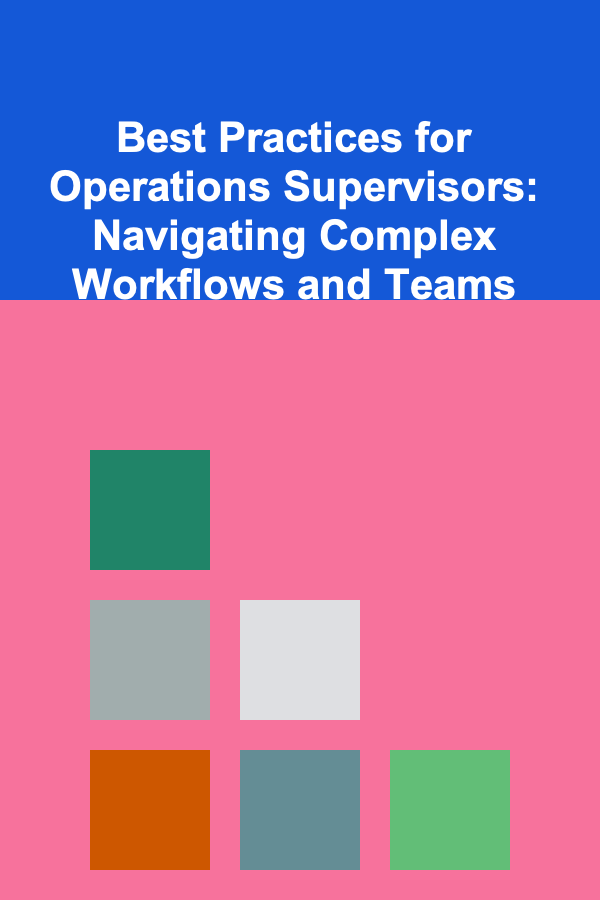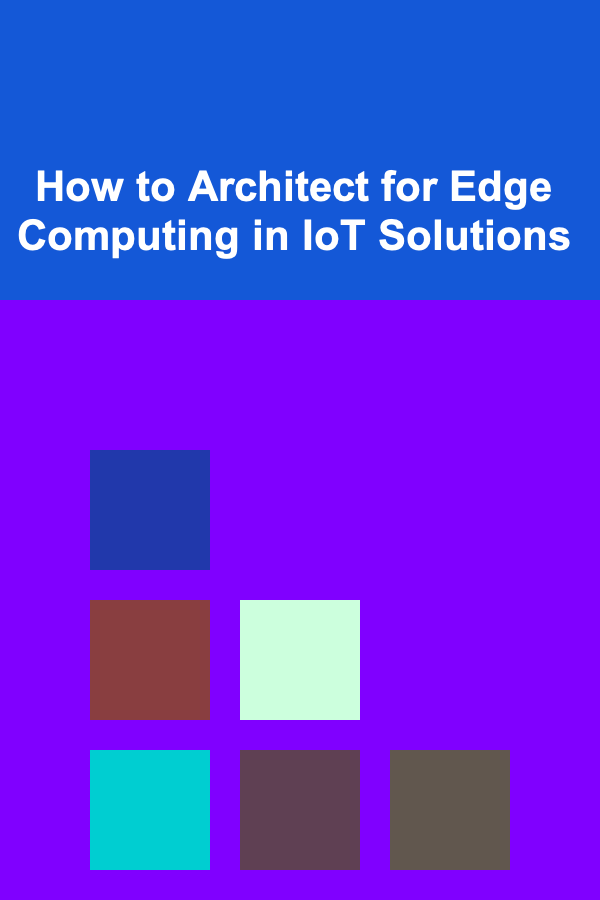
How To Master Building a Passive Income Stream with Print-on-Demand (POD)
ebook include PDF & Audio bundle (Micro Guide)
$12.99$7.99
Limited Time Offer! Order within the next:

In the digital age, many people seek ways to generate income without the need for constant involvement in day-to-day operations. This is where passive income comes into play. One of the most popular and effective ways of building passive income is through Print-on-Demand (POD) services. This business model has gained significant traction due to its simplicity, scalability, and relatively low financial barriers to entry.
In this article, we will delve into how you can master building a passive income stream using POD, exploring its mechanics, the steps to get started, tips for success, and the challenges you may face along the way.
What Is Print-on-Demand (POD)?
Print-on-Demand (POD) is a business model where you design custom products, and when a customer places an order, a third-party provider prints and ships the product directly to the customer. You don't have to manage inventory, worry about shipping logistics, or handle production. This makes it an ideal model for entrepreneurs who want to generate income with minimal effort once the initial setup is complete.
The Advantages of POD
- Low Initial Investment: Since you don't need to purchase inventory upfront, the financial risk is much lower than with traditional retail businesses.
- No Inventory Management: You don't need to worry about storing products or managing stock levels.
- Scalability: As your designs and brand grow, POD allows you to scale easily. You don't need to worry about infrastructure; your provider handles the fulfillment.
- Creativity: POD allows for endless creativity. You can design a wide range of products, from t-shirts and mugs to phone cases and posters, without worrying about mass production.
Step-by-Step Guide to Building a Passive Income Stream with POD
To build a passive income stream with POD, you need a clear, structured approach. Below is a comprehensive, step-by-step guide to help you get started.
Step 1: Choose a POD Platform
The first step in your POD journey is selecting a POD platform that fits your needs. Some of the most popular POD platforms include:
- Printful: Known for its wide range of products and integration with major e-commerce platforms such as Shopify, Etsy, and WooCommerce.
- TeeSpring: A great platform for creating and selling custom apparel and accessories. It also has built-in marketing tools.
- Redbubble: A community-driven marketplace that allows you to create and sell a wide variety of products.
- Printify: Offers a large network of print providers and integrates seamlessly with Shopify and Etsy.
When selecting a POD platform, consider the following factors:
- Product Range: What types of products do they offer? Ensure the platform has the products you want to sell.
- Integration: Does the platform integrate with your preferred e-commerce system?
- Pricing and Fees: Understand the cost structure. Some platforms charge per item sold, while others charge monthly fees.
- Shipping: Make sure the platform can deliver to your target customer base and offers reasonable shipping times and prices.
- Customer Support: Opt for a platform with excellent customer service, as this can make troubleshooting and resolving issues easier.
Step 2: Niche Selection and Market Research
Once you've chosen a platform, the next step is to identify a niche. A niche is essential to standing out in the crowded POD marketplace. Here are some strategies for finding a profitable niche:
- Personal Interests: If you have a passion for a particular topic, such as fitness, pets, or travel, this can be an excellent starting point for your designs.
- Trends: Research current trends in fashion, pop culture, and social media. Design products that align with what's trending.
- Solve a Problem: Create products that solve a specific problem for a target audience. For example, creating motivational products for entrepreneurs or fun accessories for pet owners.
- Targeted Demographics: Cater to specific groups such as eco-conscious individuals, teachers, or gamers.
Once you have your niche, conduct thorough market research. Look at existing POD sellers in your niche, identify what's working, and find opportunities to differentiate your offerings. Platforms like Etsy, Amazon, and Redbubble provide excellent insights into what sells well.
Step 3: Create High-Quality Designs
The design is the heart of your POD business. You don't need to be a professional designer to create appealing designs; however, your designs must resonate with your target audience.
- Use Design Tools: Platforms like Canva and Adobe Spark offer user-friendly interfaces to create professional-looking designs. For more intricate designs, Adobe Illustrator or Photoshop is a great choice.
- Consider the Product: Understand how your design will look on different products. For example, designs for t-shirts require different considerations than those for phone cases or mugs.
- Keep it Simple: Often, the best designs are simple and clean. Overly complex designs can appear cluttered and may not print well on certain products.
- Stay Consistent: Build a consistent brand aesthetic. This can be a specific color palette, logo, or typeface that resonates with your niche.
If you are not confident in your design skills, you can hire freelance designers from platforms like Fiverr or Upwork to create high-quality artwork.
Step 4: Set Up Your Online Store
Once you have your designs ready, you need to set up your online store. Depending on the POD platform you've chosen, the process can vary, but the general steps include:
- Select a Platform: Shopify, Etsy, and WooCommerce are popular choices for hosting your POD store. Shopify is particularly favored for its seamless integration with POD services.
- Customize Your Store: Customize your store's appearance, add your logo, and set up your branding. Make sure your store reflects your niche and brand identity.
- Upload Your Designs: Upload your designs to the POD platform and choose which products you want to sell. Make sure each product has a high-quality mockup to showcase your design.
- Set Pricing: Set your product pricing based on the base cost from your POD provider, your desired profit margin, and market trends. Ensure that your pricing is competitive while still allowing you to earn a reasonable profit.
Step 5: Marketing Your Products
A successful POD business is built on strong marketing efforts. Since POD products are printed and shipped only after a customer places an order, it's crucial to drive consistent traffic to your store. Here are several effective marketing strategies for your POD business:
- Social Media Marketing: Platforms like Instagram, Pinterest, and TikTok are excellent for visual products like t-shirts, mugs, and posters. Showcase your designs, run ads, and engage with your followers.
- Influencer Collaborations: Partner with influencers in your niche to promote your products. Influencers can help increase your visibility and reach a broader audience.
- Email Marketing: Build an email list of potential customers. Offer exclusive discounts, early access to new designs, and valuable content related to your niche.
- Search Engine Optimization (SEO): Optimize your store for search engines by using relevant keywords in your product titles, descriptions, and tags. This helps your products appear in search results on Google and your chosen e-commerce platform.
Remember that successful marketing takes time and consistency. Regularly engage with your audience and adapt your strategies based on feedback and performance data.
Step 6: Automate and Streamline Your Operations
Once your store is up and running, the beauty of POD is that most of the processes are automated. However, you can further streamline your business for maximum efficiency:
- Automate Order Fulfillment: Most POD platforms automatically handle production and shipping, but ensure your platform integrations are set up correctly to avoid any hiccups.
- Use Analytics: Track the performance of your products using tools like Google Analytics and the built-in analytics features from your e-commerce platform. This data can guide you in optimizing your product offerings and marketing strategies.
- Outsource Customer Service: If customer service becomes overwhelming, consider outsourcing to virtual assistants or using tools like automated chatbots to manage common customer inquiries.
By automating as many aspects of your business as possible, you ensure that your POD venture becomes a true source of passive income, requiring minimal active involvement after the setup.
Common Mistakes to Avoid in POD Business
While the POD business model is relatively simple, there are common mistakes that can hinder your success. Here are a few to watch out for:
- Poor Quality Designs: Your designs must be high-quality and visually appealing. Avoid using low-resolution images, as they may not print well and can harm your brand reputation.
- Overpricing or Underpricing: Pricing too high can drive customers away, while pricing too low can hurt your profits. Strive for a balance that reflects the quality of your product and your market research.
- Neglecting Marketing: Without marketing, your products won't be seen by potential buyers. Even the best designs won't sell if they're not promoted effectively.
- Ignoring Customer Feedback: Pay attention to customer reviews and feedback. It can help you identify areas for improvement and create products that better meet the needs of your audience.
Conclusion
Building a passive income stream with Print-on-Demand can be an incredibly rewarding venture. By carefully selecting a niche, creating high-quality designs, marketing effectively, and automating processes, you can create a profitable and sustainable business.
Remember, while the initial effort may be substantial, once your POD business is running, it has the potential to generate income with minimal ongoing effort. With persistence and strategic thinking, you can master the art of building passive income through POD and enjoy the freedom and financial independence that comes with it.
Reading More From Our Other Websites
- [Organization Tip 101] How to Set Up a Family Meeting Space for Open Communication
- [Home Budget 101] How to Save for Big Purchases Without Stress
- [Skydiving Tip 101] From Exit to Landing: Step-by-Step Checklist for a Smooth Dive
- [Screen Printing Tip 101] Quick Fixes vs. Deep Clean: When to Use Each Screen-Cleaning Technique
- [Personal Care Tips 101] How to Use Toothpaste to Fight Cavities and Tooth Decay
- [Personal Financial Planning 101] How to Create a Financial Plan That Adapts to Life's Unexpected Twists and Turns
- [Home Storage Solution 101] How to Create a Smart Pantry Storage System for Your Kitchen
- [Home Maintenance 101] How to DIY Simple Home Repairs with Local Contractors' Guidance
- [Soap Making Tip 101] Avoid Common Soap-Making Mistakes: Expert Troubleshooting Guide
- [Personal Care Tips 101] How to Use Brow Gel to Set Your Eyebrows in Place All Day

Best Practices for Operations Supervisors: Navigating Complex Workflows and Teams
Read More
How To Build a Pond for Water Birds
Read More
How to Create a Multi-Functional Entryway Space
Read More
How to Leverage Alumni Networks for Remote Job Opportunities
Read More
How To Create a Breakthrough Marketing Campaign
Read More
How to Architect for Edge Computing in IoT Solutions
Read MoreOther Products

Best Practices for Operations Supervisors: Navigating Complex Workflows and Teams
Read More
How To Build a Pond for Water Birds
Read More
How to Create a Multi-Functional Entryway Space
Read More
How to Leverage Alumni Networks for Remote Job Opportunities
Read More
How To Create a Breakthrough Marketing Campaign
Read More